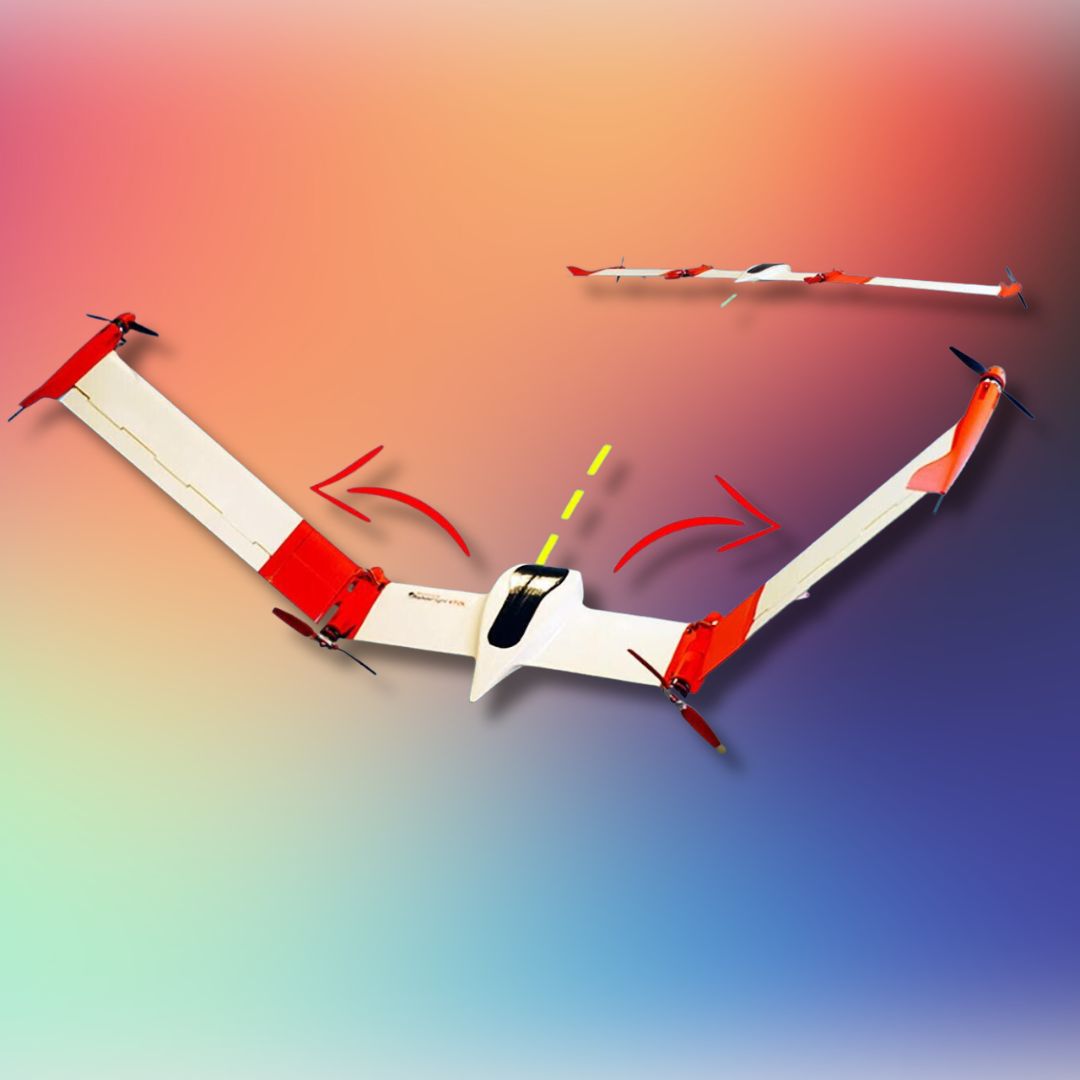In the latest installment of his YouTube channel, aerospace engineer Nicholas Rehm dazzles us with his newest creation - a Folding tailsitter VTOL (Vertical Takeoff and Landing) Aircraft. His latest creation is a marvel that combines the simplicity of tailsitter design with advanced engineering to address the challenges of flight control and efficiency.
The Man Behind the Machine
Before diving into the aircraft, let's spotlight Nicholas Rehm. He's not just any aerospace engineer; he's an Associate Professional Staff I at the prestigious Johns Hopkins University Applied Physics Laboratory in Maryland. Rehm is known for his relentless pursuit of enhancing drone technology, pushing the boundaries of what these flying machines can achieve
Design Philosophy: Simplicity Meets Sophistication
Rehm's fascination with tailsitter VTOL aircraft stems from their elegant design. A tailsitter takes off and lands on its tail, transitioning seamlessly into an airplane with wings for forward flight. This approach simplifies the change in flight modes, but it's not without challenges. Tailsitters face control issues in hover mode due to the large wing area facing the wind.

Quadcopter-Inspired Solution
Rehm tackles this by integrating four motors, akin to a quadcopter, enhancing control. Additionally, he incorporates biplane wings for lift and forward flight. This solution, while effective in improving control, introduces extra drag in forward flight, underscoring the need for a more efficient design.

The Building Process: From Concept to Reality
CAD and 3D Printing
The project began in CAD (Computer-Aided Design) with the goal of 3D printing the entire airframe. A primary objective was to create a wing with a high aspect ratio for efficient forward flight. Rehm explains that a high aspect ratio reduces drag from wingtips, a principle evident in the design of gliders.
Folding Mechanism: A Key Innovation
A novel aspect of Rehm's design is the strong and reliable folding mechanism for the wings. This feature addresses the challenge of lift forces in flight, which can lead to catastrophic buckling. The mechanism includes a high-torque linear actuator, ensuring robustness and reliability.



Motor Configuration and Material Choices
The aircraft utilizes standard drone motors powered by a four-cell LiPo battery. The wingtip motors are optimized for forward flight, and the inboard motors, mounted on the trailing edge, enhance hover efficiency. Materials were carefully chosen, with structural parts printed in regular PLA filament and aerodynamic parts in lightweight PLA.
Reinforcement for Durability
Anticipating the rigors of flight testing, Rehm reinforces the more fragile PLA parts with a layer of fiberglass, striking a balance between strength and weight.


Flight Testing and Tuning
With the build nearing completion, the focus shifted to flight testing. The aircraft, in its hover mode with wings folded, effectively operates like a quadcopter. Rehm notes the importance of tuning to accommodate the asymmetrical motor configuration.
Smooth Transition Challenges
The transition from hover to forward flight involves unfolding the wings and pitching over, a process managed by an open-source flight controller. This phase proved challenging, requiring careful adjustments to ensure stability and control.
A Journey of Innovation
Nicholas Rehm's video not only showcases his engineering prowess but also reflects his commitment to pushing the boundaries of drone technology. The Tailsitter VTOL aircraft stands as a testament to his ability to blend innovative design with practical application, paving the way for future advancements in this area.











